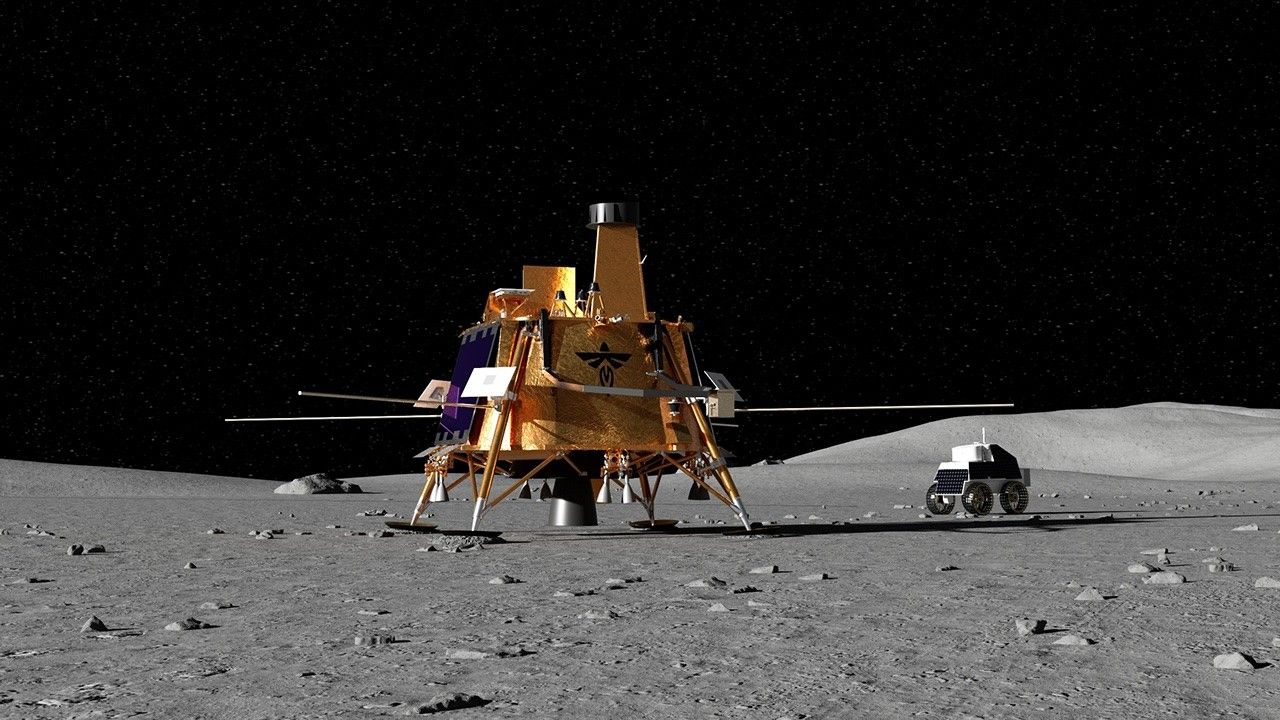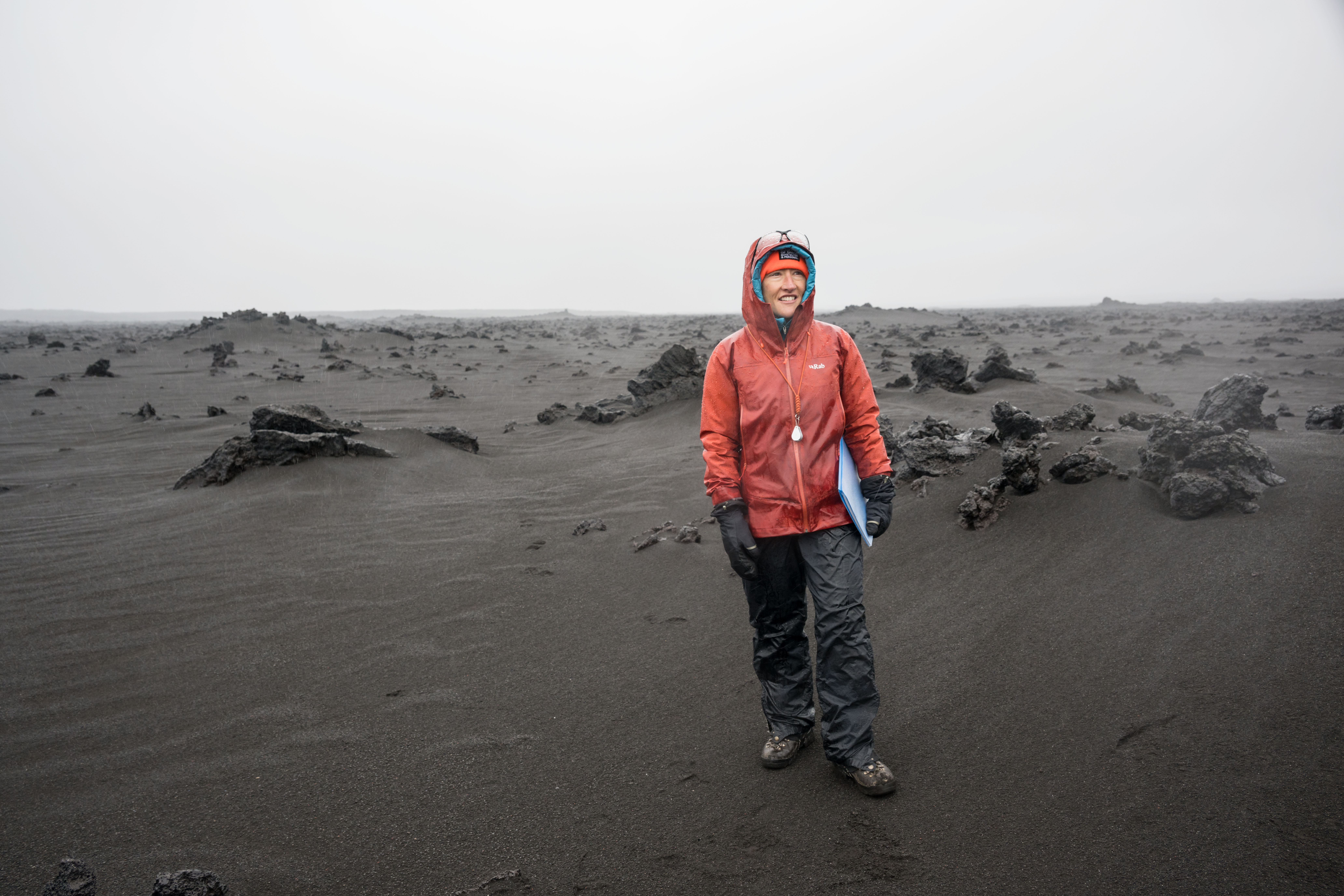On April 11, 1970, the powerful Saturn V rocket carrying the Apollo 13 mission launched from Kennedy Space Center propelling astronauts Jim Lovell, Fred Haise, and Jack Swigert on what was intended to be humanity’s third lunar landing. Unfortunately, the mission to explore the Fra Mauro region of the Moon did not go as planned. What many viewed as a now “routine” mission soon had millions around the globe glued to television sets watching and hoping for a positive outcome for one of the most intense episodes in the history of space exploration.
The overwhelming success of the Apollo 11 mission in July 1969 and the subsequent Apollo 12 mission gave many the impression that lunar landings were almost routine in nature. Combined with clashes over the Vietnam War, the public’s attention increasingly turned away from the Apollo missions. Shrinking budgets threatened much of the remaining Apollo missions leading eventually to the cancellation of Apollo 18, 19, and 20. Those of the superstitious persuasion noted that even the upcoming Apollo launch suffered from all the unlucky lore surrounding the number 13. Some validity to those fears proved warranted when a measles scare prompted the replacement of command module pilot, Ken Mattingly with Jack Swigert.
The mission got off to an auspicious start when, during launch, the Saturn V experienced an early shutdown of one of the second stage’s J-2 engines. Burning the remaining four engines an additional 34 seconds longer and the third stage an additional nine seconds placed Apollo 13 in the proper orbit. Afterwards, the mission settled into what increasingly felt like a routine journey prompting Joe Kerwin, the capsule communicator back in Houston, to proclaim that the “spacecraft is in good shape” and that he and everyone else in the control room were “bored to tears down here.” Minutes later, the explosion of oxygen tank number two ended those feelings of boredom entirely.
As warning lights in the cabin indicated the loss of two of the three fuel cells, the crew communicated to Houston that indeed they had a big problem. Looking to the outside of the command module Odyssey, Lovell noticed they were “venting something out into the…into space.” That venting was in fact the lifeblood of the mission, oxygen. The crew discovered that the explosion in tank number two had also damaged tank number one—a problem which made use of the fuel cells impossible threatening the eventual loss of all electrical power and water. With the lunar landing now erased from the equation, both the astronauts aboard Apollo 13 and NASA personnel on the ground worked tirelessly around the clock to develop solutions that would allow them to return home safely.
The immediate response plan was to enter what was known as “lifeboat mode.” Here, the lunar module, Aquarius became central to efforts to save the beleaguered space craft and crew. Aquarius’ full oxygen tank and descent engine both proved critical in keeping the crew alive and returning them to Earth. Along with the extreme shortage of water and electrical power, the crew also encountered dangerous levels of carbon dioxide. Plenty of lithium hydroxide canisters, designed to remove the gas from the spacecraft, were on hand in the command module. The problem, however, was that those square cannisters were not compatible with the round openings in the Aquarius. Doing what engineers do, support staff in Houston devised a method for fitting a “square peg in a round hole.”
After taking a free-return-to-Earth trajectory and using the Sun as an alignment star for navigation, Apollo 13 soon found themselves approaching home. One final problem remained—powering up the command module after its seemingly long hiatus from the action. Under normal conditions, the process of writing new procedures would take three months. Houston had three days. One major issue concerned whether cold condensation on the instrumentation would short circuit when power returned. Years later, Haise remembered the command module looking as though someone had “sprayed it with a hose” and that the crew had to “wipe everything off with a towel.” Fortunately, activation caused no arching. Why not? The answer could be found in the lessons learned from the devastating Apollo 1 fire in January 1967 after which a major redesign was undertaken to add increased insulation for the better protection of the wiring.
On April 17, the crew said goodbye to Aquarius and returned to Earth—splashing down in the Pacific Ocean near Samoa. Only when the crew was safely aboard the recovery ship U.S.S. Iwo Jima could everyone at NASA and around the world finally begin to exhale. The lessons learned from the successful failure of Apollo 13 were rapidly applied to the remaining Apollo missions and continue to guide safety and mission assurance at NASA today.


































